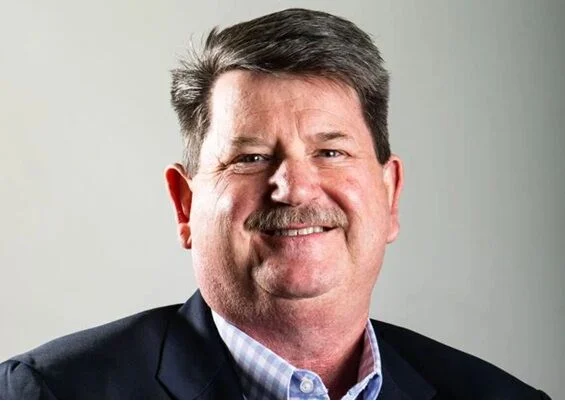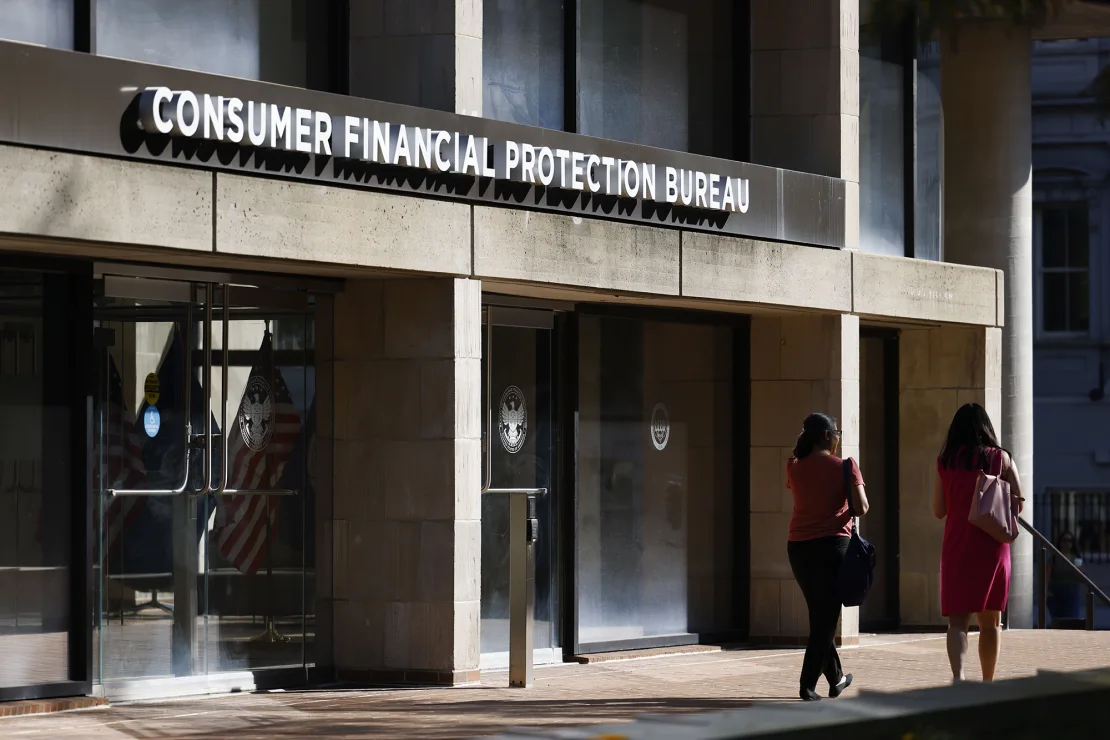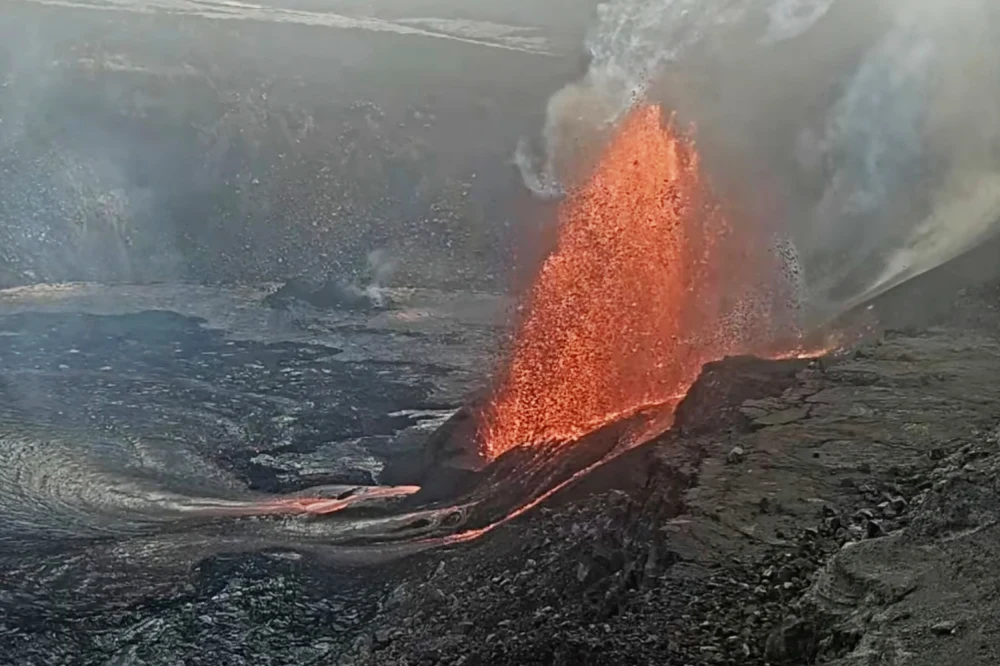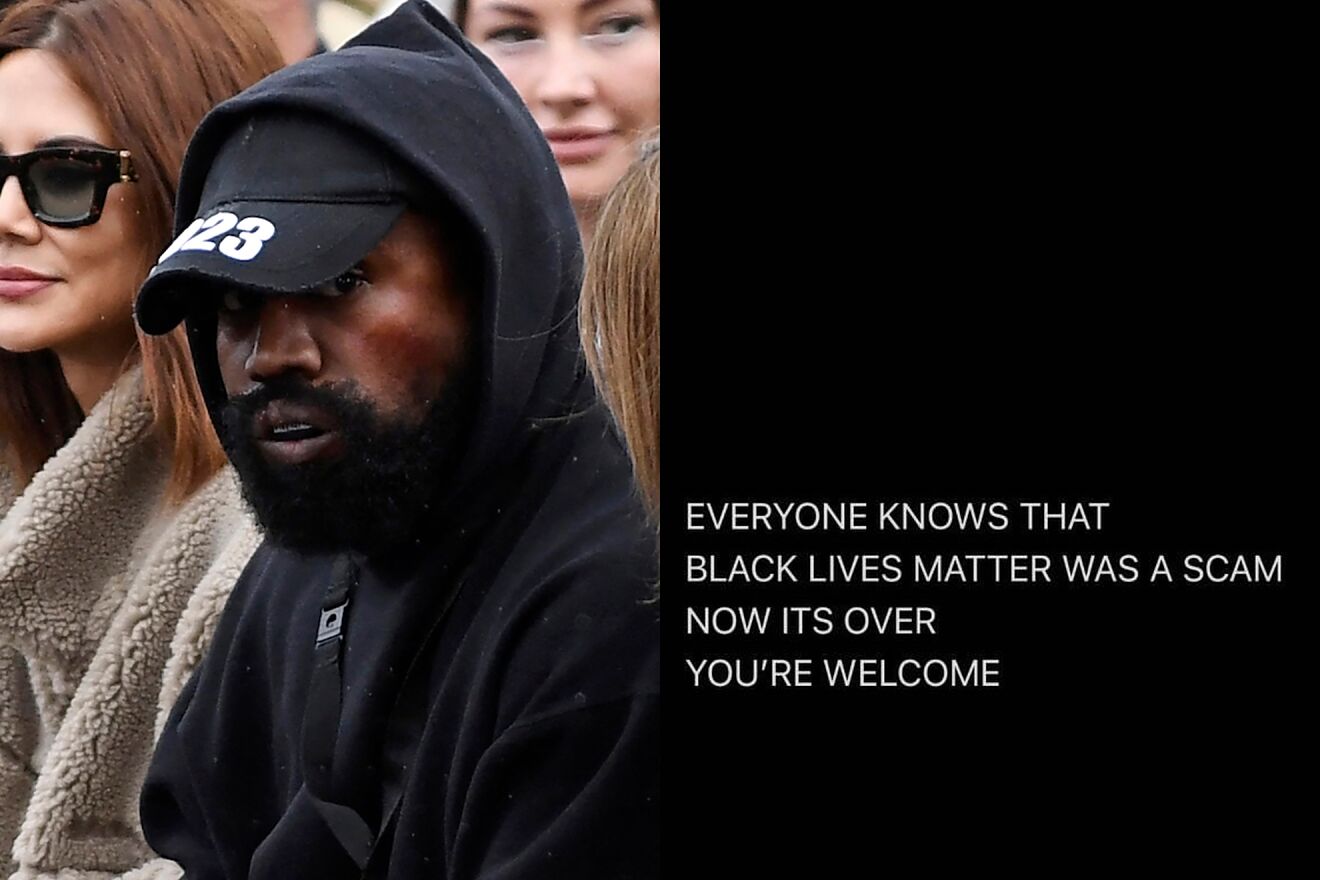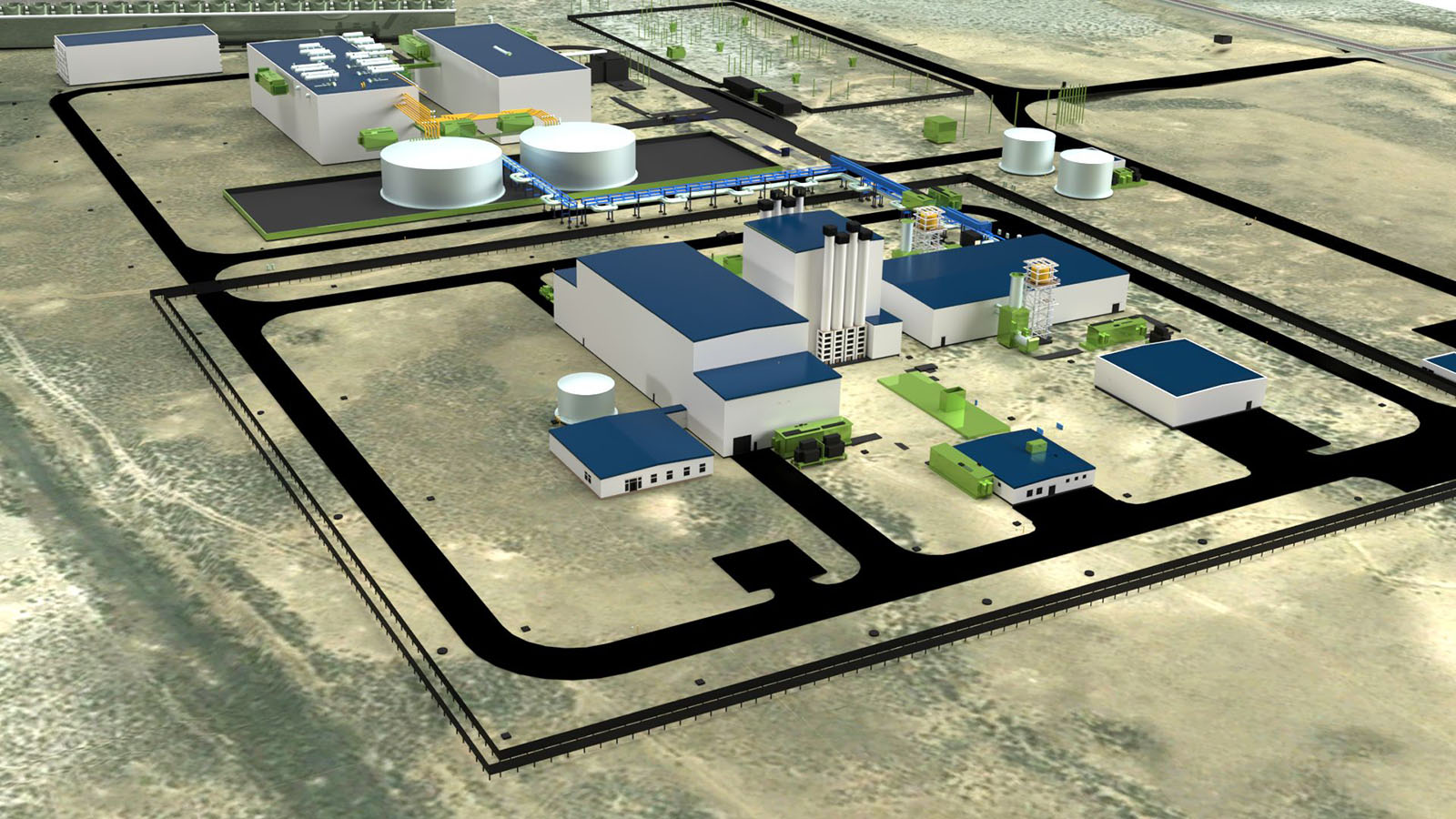Gaza’s Future Central Focus in Trump-Netanyahu White House Meeting
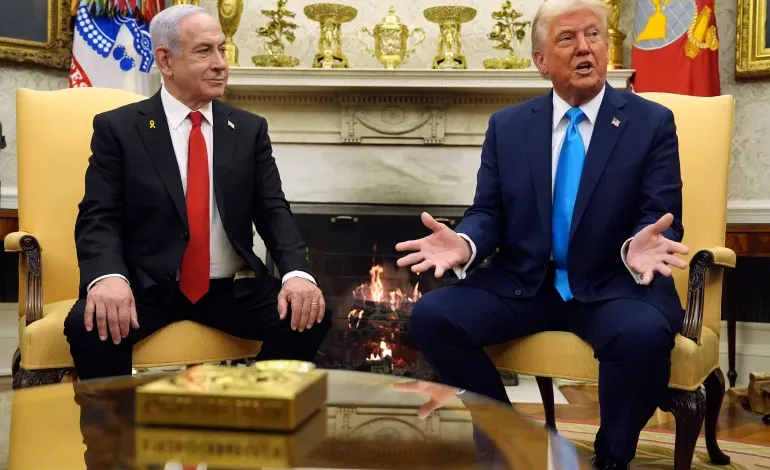
Israeli Prime Minister Benjamin Netanyahu visited the White House on Tuesday, marking the first official visit by a foreign leader since President Donald Trump’s second inauguration, with discussions centered on the ongoing situation in Gaza, regional security, and bilateral relations, Al Jazeera reports.
During the meeting, President Trump discussed the future of Gaza, expressing concern about the safety and well-being of its residents. He suggested exploring alternative solutions for Palestinians currently residing in the enclave.
Trump also raised the possibility of a US role in the future of Gaza, mentioning a potential long-term presence to promote stability and economic development. He acknowledged the complexities of the situation and emphasized the need for careful consideration.
The meeting took place against the backdrop of a fragile ceasefire in Gaza, where recent conflict has resulted in significant casualties and humanitarian concerns. The US remains a strong ally of Israel.
Following their discussions, both leaders reiterated their commitment to finding lasting solutions for the region. Trump suggested exploring the possibility of resettling Palestinians outside of Gaza, emphasizing the need for a safe and prosperous environment. Neighboring countries, including Egypt and Jordan, have previously expressed reservations about absorbing Gaza’s population.
The leaders also addressed the broader regional landscape, including ongoing conflicts in Lebanon and Syria, and tensions between Iran and Israel.
Prior to arriving in the US, Netanyahu highlighted the significance of the visit as a demonstration of the enduring strength of the US-Israeli alliance.
Discussions also covered the ceasefire agreement, the future of Gaza, and potential avenues for normalizing relations between Israel and its Arab neighbors.
Leading up to the meeting, President Trump signed several executive orders, including a return to the “maximum pressure” campaign against Iran and the withdrawal of the US from the United Nations Human Rights Council and UNRWA.
The Israeli leader’s visit was met by protesters expressing support for Palestinian rights.
During a joint press conference, Trump reaffirmed the strong bond between the United States and Israel. Netanyahu expressed his appreciation for the US’s continued support.
The meeting included discussions on the tenuous ceasefire in Gaza, with President Trump reiterating his role in achieving the agreement. The current 42-day truce is set to expire on March 1, with ongoing negotiations for a potential second phase.
President Trump also addressed the role of Hamas, praising Israel’s efforts to limit the group’s resources.
Regarding the future of Gaza, Trump suggested the possibility of relocating Palestinians to new areas, potentially funded by neighboring countries. He also mentioned a potential US role in rebuilding and developing the region, focusing on economic opportunities and infrastructure.
The US has provided substantial military aid to Israel, backing its offensive in Gaza.
Another key topic of discussion was Iran. Netanyahu recalled Trump’s decision to withdraw from the Joint Comprehensive Plan of Action (JCPOA), while Trump reaffirmed his commitment to a “maximum pressure” strategy.
US officials have suggested that Iran and its allies have been weakened by recent regional conflicts.
The Council on American-Islamic Relations (CAIR) urged President Trump to resist any potential Israeli efforts to initiate military action against Iran.
President Trump stated that he would prefer not to impose renewed sanctions on Iran, but emphasized that preventing Iran from obtaining a nuclear weapon remained a key priority. He did not rule out the possibility of future discussions with Iranian officials.

